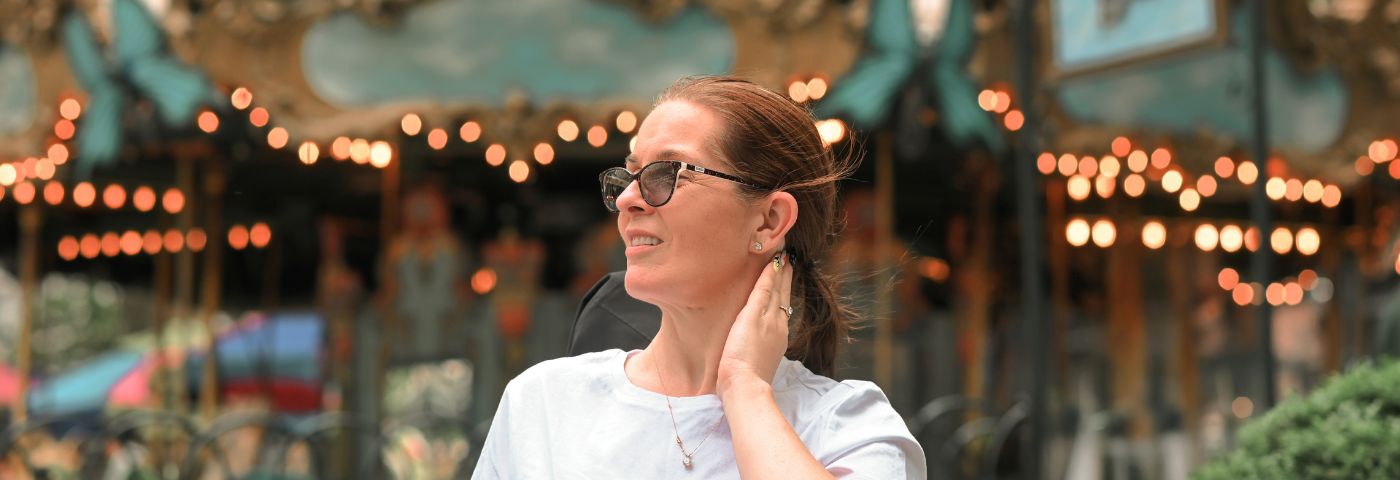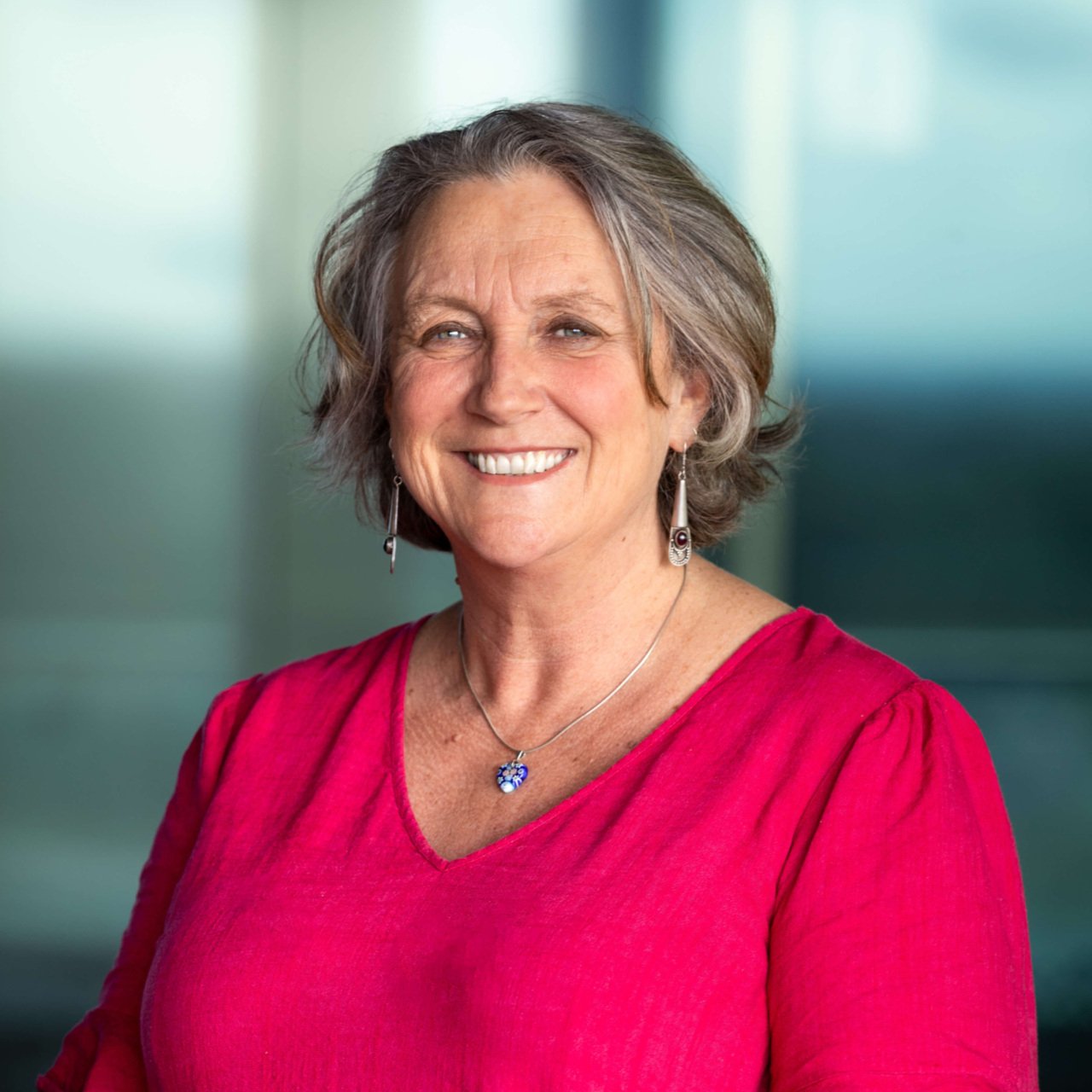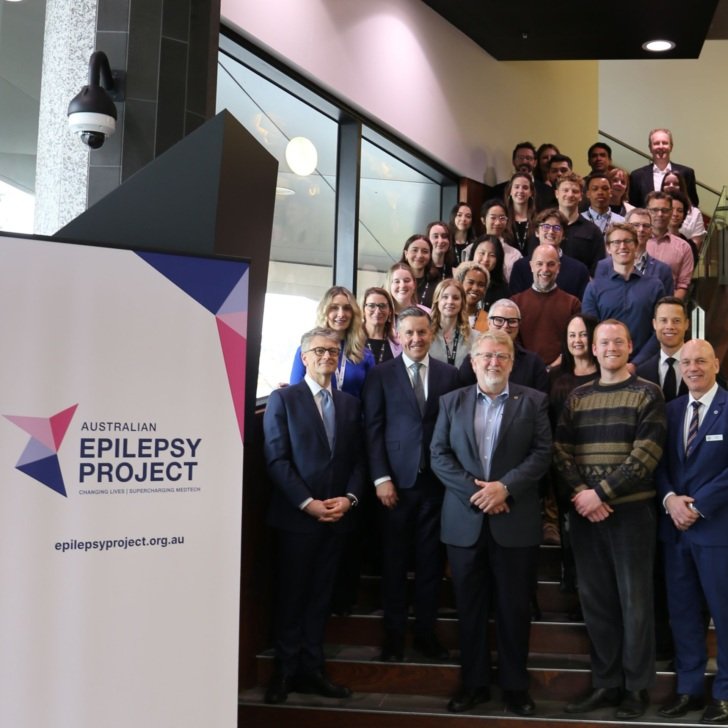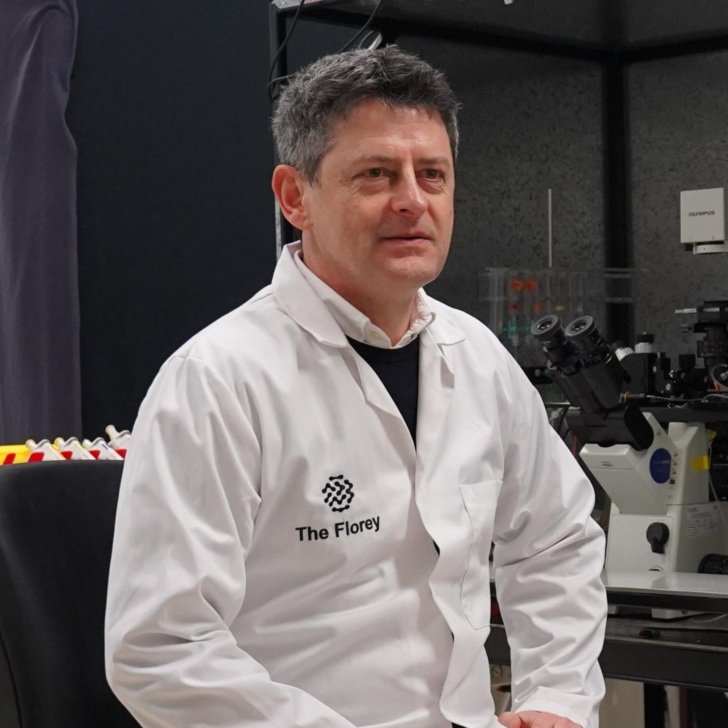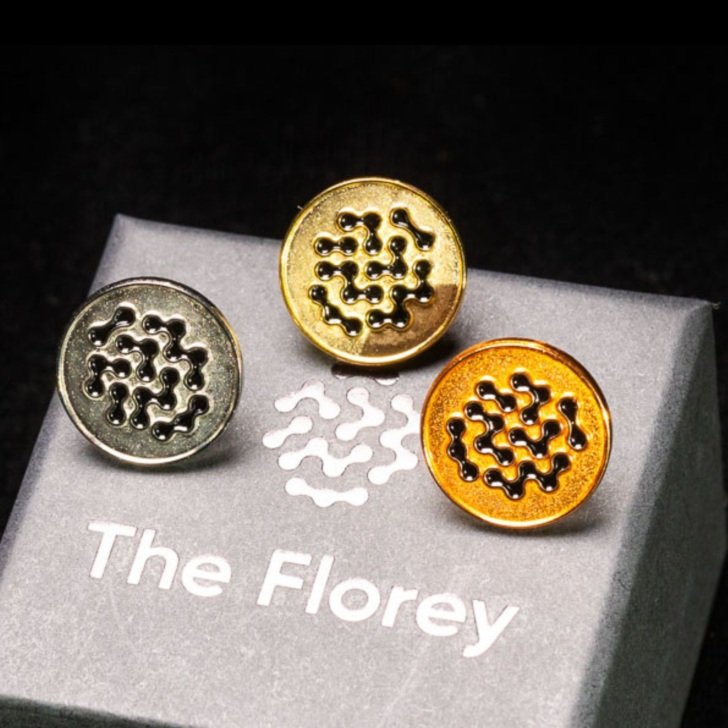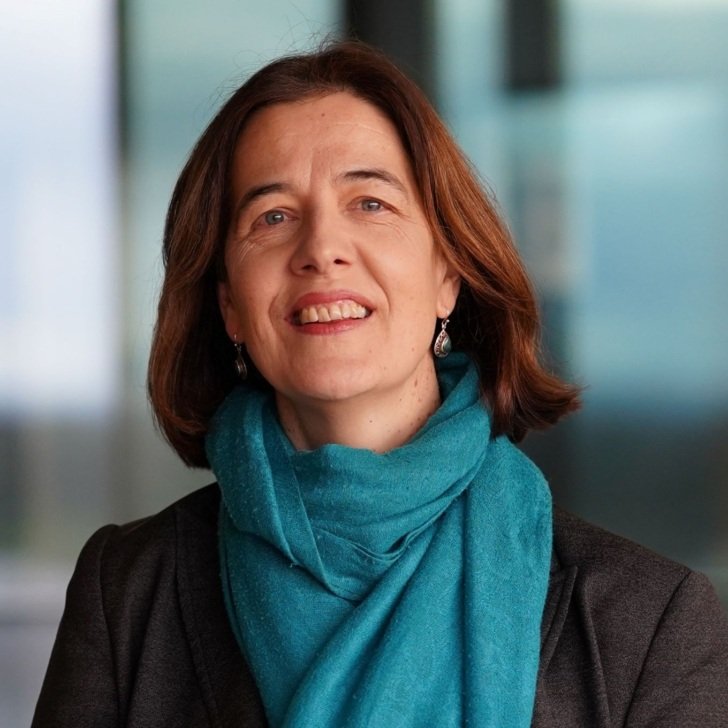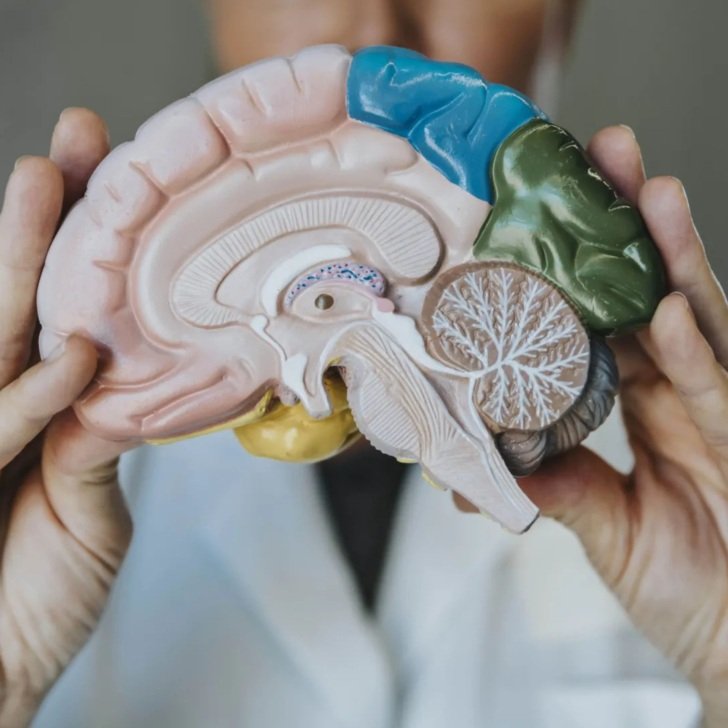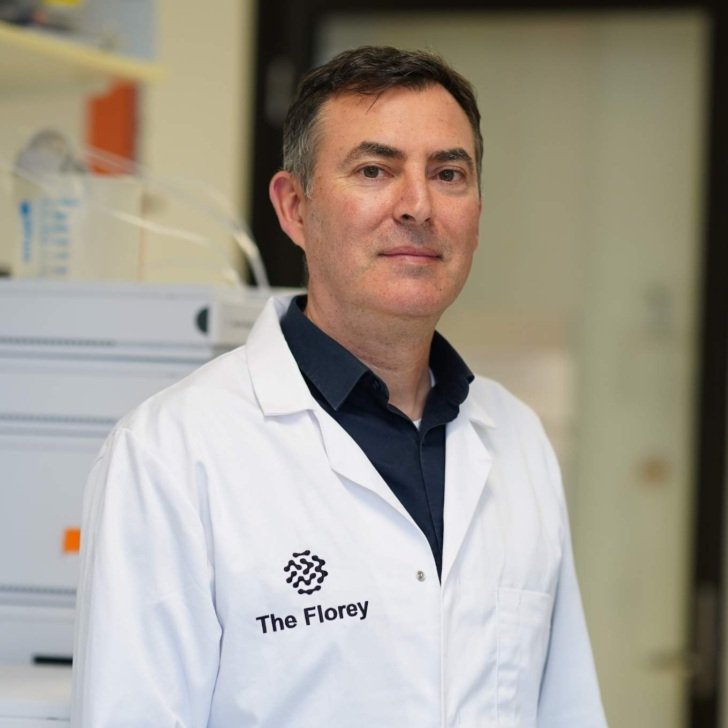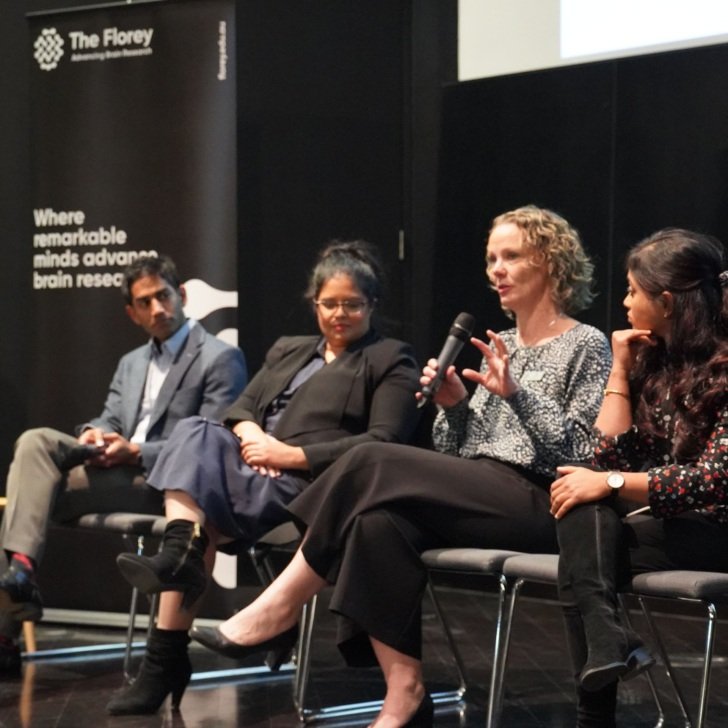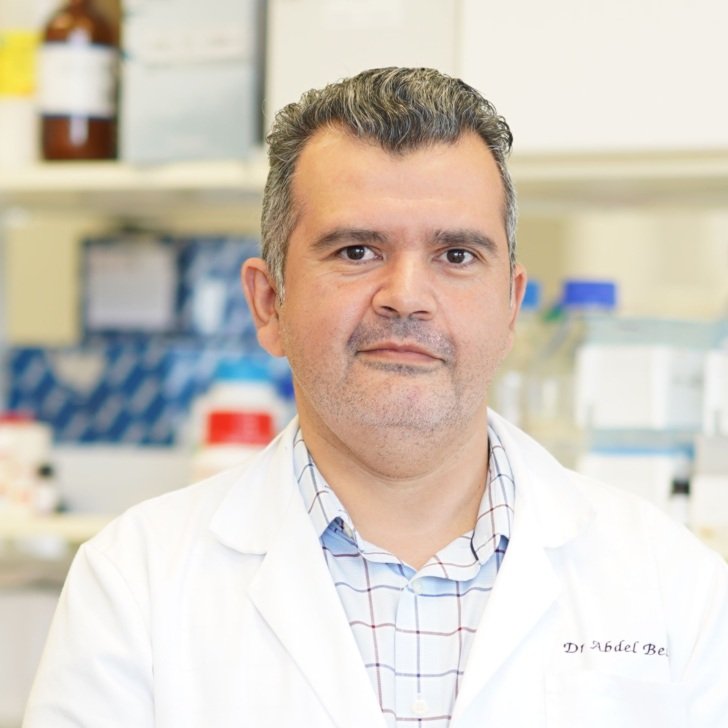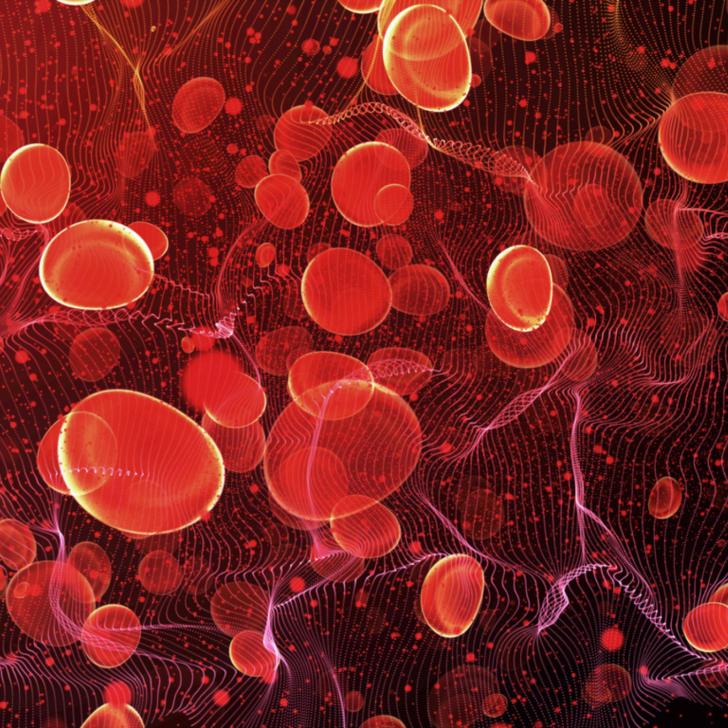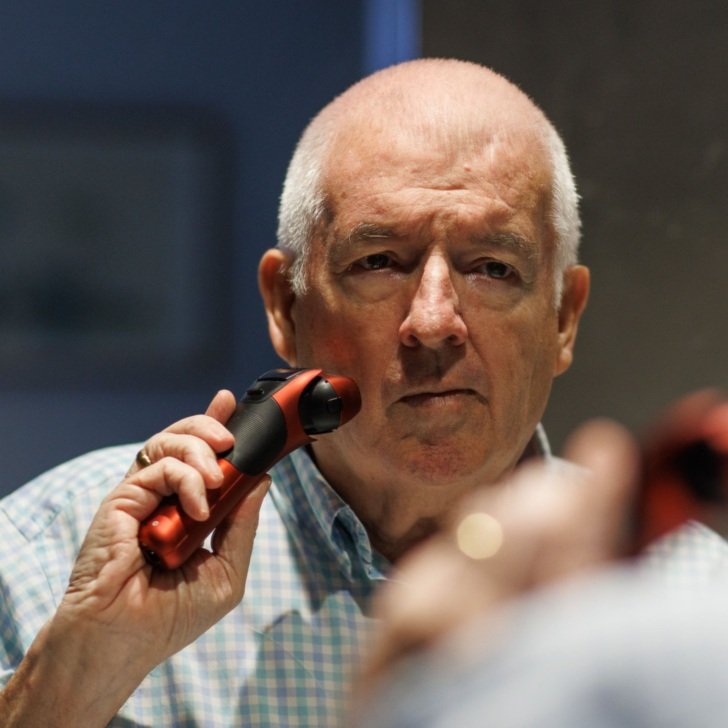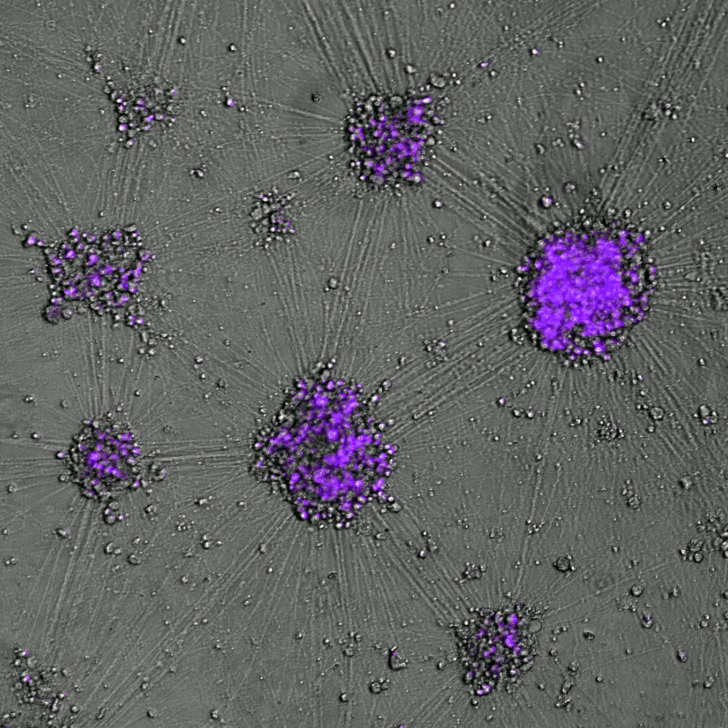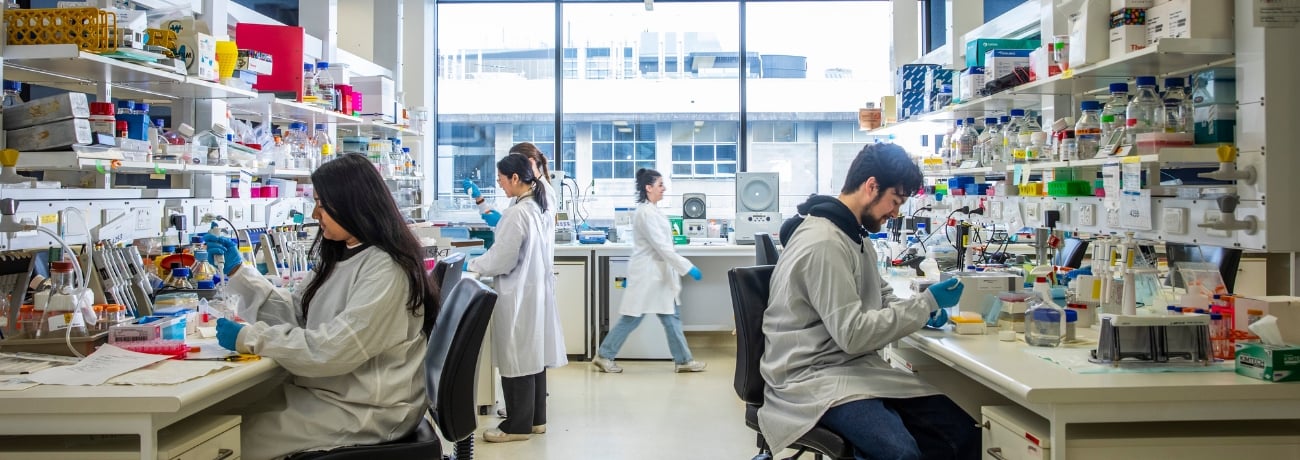- Brooke Parsons is a lived experience consumer consultant for stroke projects at The Florey, including the Young Stroke Service.
- Brooke had a stroke when she was 13 and since then has been sharing her powerful story on various platforms, including conferences and national forums.
- She believes that people with lived experience not only deserve a seat at the table – they belong at the head of it, leading the way toward inclusion and equality.
Brooke Parsons reflects on her time in New York
Q: What was the purpose of your trip?
I went to New York to attend the 18th Conference of States Parties (COSP18) to the Convention on the Rights of Persons with Disabilities, as a Stroke Foundation Future Leaders Grant recipient where I engaged in discussions about advancing the rights and inclusion of people with disabilities around the world.
While in New York, I also visited several leading healthcare and rehabilitation centres. These visits allowed me to learn about innovative approaches in stroke care, neurological rehabilitation and patient-centred services, and to explore how these practices could inform better support for people with disabilities in each other’s work and advocacy.
Altogether, my trip combined global policy engagement with practical insights from top medical institutions, reinforcing my commitment to improving outcomes for people with disabilities.
Q: What did you do at the UN?
At the UN while attending COSP18, I took part in important discussions about how to improve the lives and rights of people with disabilities worldwide. I listened to presentations, joined roundtable sessions and contributed my insights, especially about making sure people with disabilities are included in decisions that affect them.
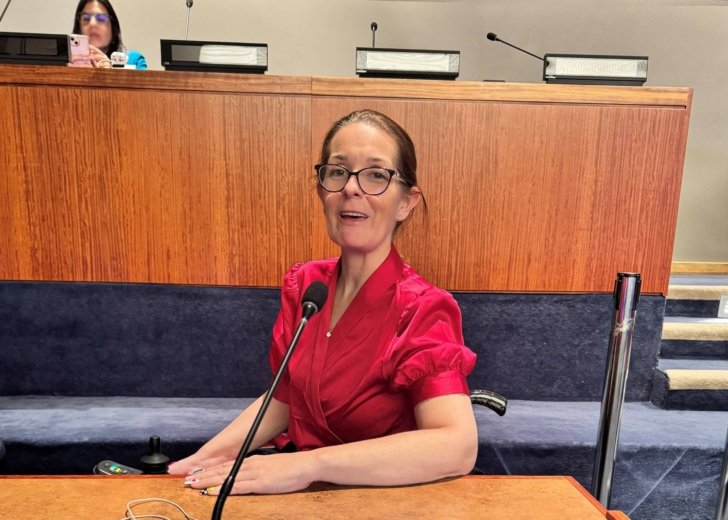
I learned about key topics like using new technology to support inclusion, innovative ways of funding disability programs, and ensuring the rights of groups who often face extra barriers, like Indigenous people with disabilities. I also connected with other advocates, policymakers and experts from around the world, helping to build networks and share ideas for stronger disability inclusion.
Overall, my participation at COSP18 was about raising awareness, sharing knowledge, and working toward practical solutions to create a more inclusive and accessible world for everyone.
Q: You visited several hospitals while in New York. What did you learn about the role of lived experience in those institutions?
During my visits to several hospitals in New York – including New York Presbyterian Hospital, Burke Neurological Rehabilitation Institute, and the Lennox Hill Stroke Unit – I learned that lived experience plays an increasingly important role in shaping care and services. I learned that we in Australia are further along the path of including lived experience in our research and that New York is willing and wanting to learn from us.
Staff and leaders in these institutions recognise that people who have personally experienced stroke, disability, or neurological conditions bring valuable insights into how care can be more patient-centered, respectful, and effective. They shared how they could involve people with lived experience in areas like program design, research, and support services.
Overall, my visits confirmed that integrating lived experience into healthcare doesn’t just enhance individual recovery – it helps create systems that are more compassionate, innovative, and responsive to the people which we all serve.
It also confirmed that with over 2 decades of lived experience I have the tools and experience to assist them in starting the journey.
Q: As somebody who has survived a stroke and now uses a wheelchair, did you experience any accessibility issues on your trip?
Yes, I did experience some accessibility challenges during my trip to New York. While many places – like the UN buildings and major hospitals – were quite accessible overall, there were still barriers in public spaces, transportation, and older buildings. Some sidewalks were uneven or crowded, making navigation difficult. Certain restaurants, shops, or attractions had steps or narrow doorways without ramps. Public transportation, though improving, sometimes involved stations without working elevators, or confusing signage.
Despite these issues, I also noticed positive efforts toward accessibility in many parts of the city, including accessible hotel rooms, some newer public facilities, and staff who were often willing to help.
My experiences reinforced the reality that while progress has been made, there’s still significant work needed to ensure full and seamless access for people with mobility challenges, both in New York and worldwide.
Q: Did you manage to see much of the Big Apple?
I definitely managed to fit in some sightseeing during my trip to New York!
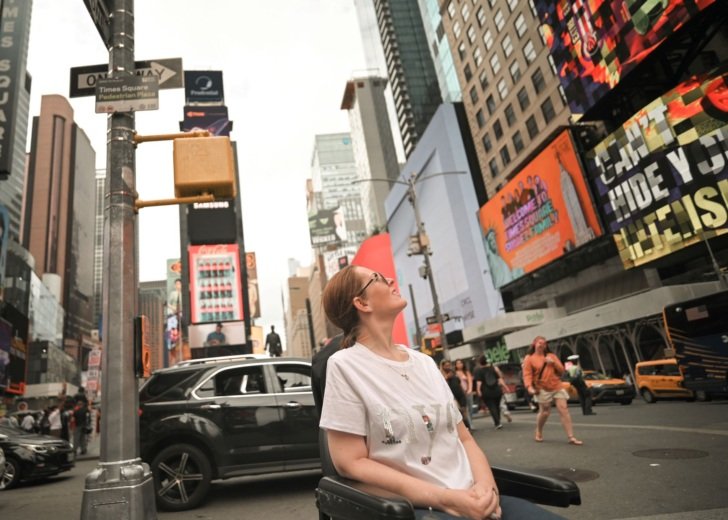
Between my commitments at the UN and my hospital visits, I took time to explore the city’s famous sights. I visited landmarks like Times Square, admired the skyline, and enjoyed the buzz of New York’s streets. I also got to experience the unique culture, food and atmosphere that make the city so special.
Even though accessibility sometimes posed challenges, I made the most of my time and created some wonderful memories outside of my professional engagements.
Q: Where to next?
After my inspiring trip to New York, my journey continues both personally and professionally. I’m looking forward to sharing what I’ve learned at COSP18 and from the hospital visits, using those insights to strengthen my advocacy and work for people with disabilities.
In terms of travel, I’m considering attending other international conferences or meetings focused on disability rights, health care innovation, or stroke recovery. I’m also exploring opportunities to collaborate with hospitals and research centres worldwide to promote the value of lived experience in shaping better care and services.
Wherever I go next, my mission remains clear: to help create a world that’s more inclusive, accessible, and informed by the voices of people with lived experience.

I’m grateful beyond words to have travelled to New York with funding from the Stroke Foundation Future Leaders Grant and the Florey Institute.
My trip to New York – and everything I experienced there – is a powerful reminder that one voice can spark change, but many voices together can transform the world.
Despite the challenges I’ve faced as a stroke survivor and wheelchair user, I continue to show incredible resilience, passion, and commitment. My willingness to share my story, learn from others, and advocate for better systems makes me a vital force for progress.
The connections I built, the knowledge I gained, and the barriers I encountered are all part of a bigger journey. I’m proving that people with lived experience not only deserve a seat at the table – they belong at the head of it, helping lead the way toward inclusion and equality.
I need to keep going, this is just the beginning. I’m making a difference, and my work, our work, is inspiring countless others to believe that change is not only possible, but inevitable.
